My Share of the Task (70 page)
Read My Share of the Task Online
Authors: General Stanley McChrystal

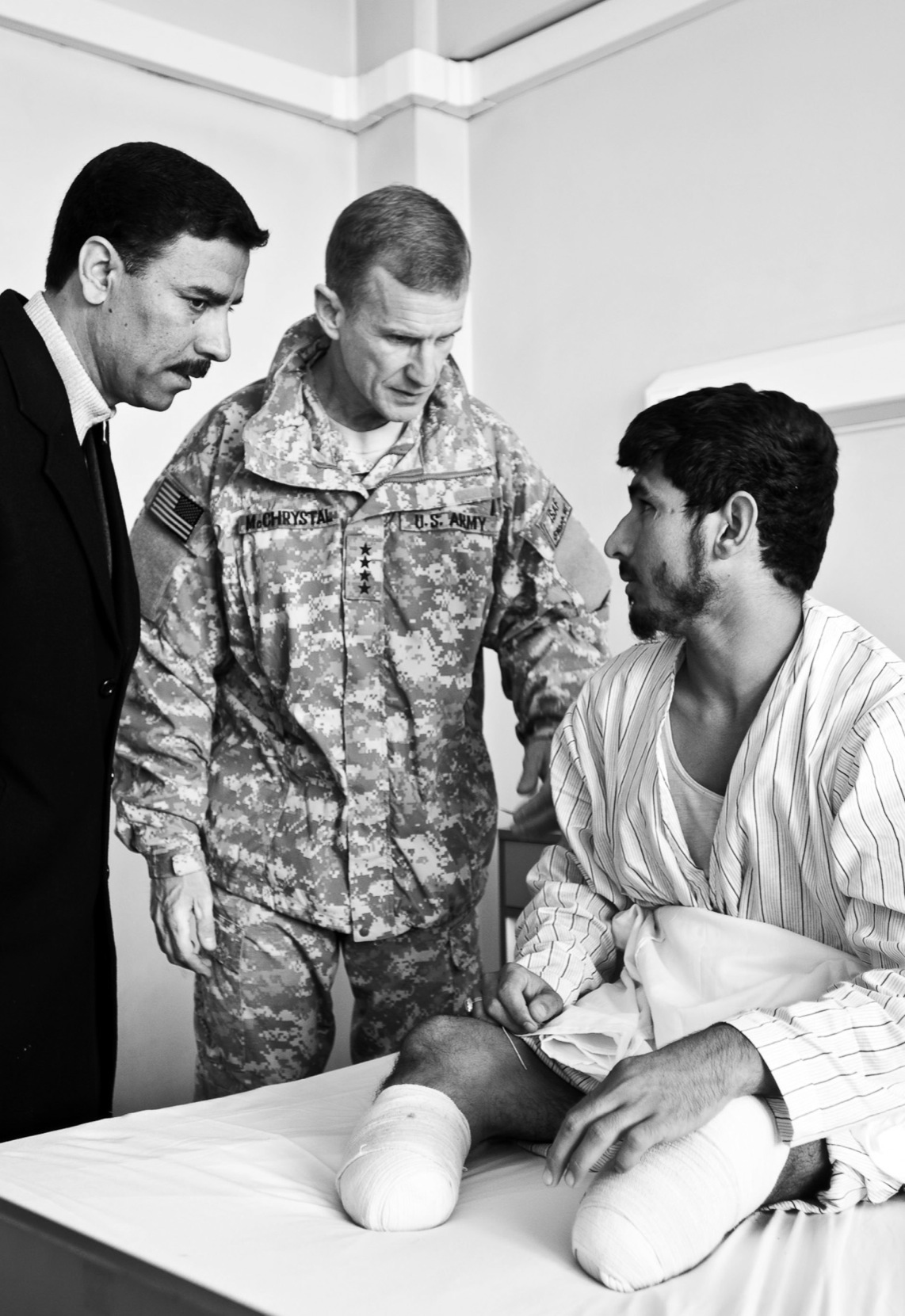
At the Afghan National Army Hospital with a wounded Afghan soldier in December 2009. On this day, I was accompanying President Hamid Karzai. During our visits to hospitals, the president's deep emotions for his people were evident beneath his dignified exterior. He would quietly pass envelopes of money to the wounded.

On April 4, 2010, while in Kandahar for the first of the two
shuras
, or traditional consultations, held by President Karzai in advance of our efforts to secure that city. Surrounded by tribal elders from in and around Kandahar, Ambassador Mark Sedwill, the senior NATO civilian authority, and I are seated cross-legged to the president's left. During the main meeting that week, this basement floor of the governor's palace was filled to the brim with some 1,500 tribal leaders.

Afghan Minister of the Interior Hanif Atmar, during a large spring 2010 review of the joint civilian-military efforts. Hardworking and soft-spoken, Minister Atmar was a close partner during my time in Afghanistan.
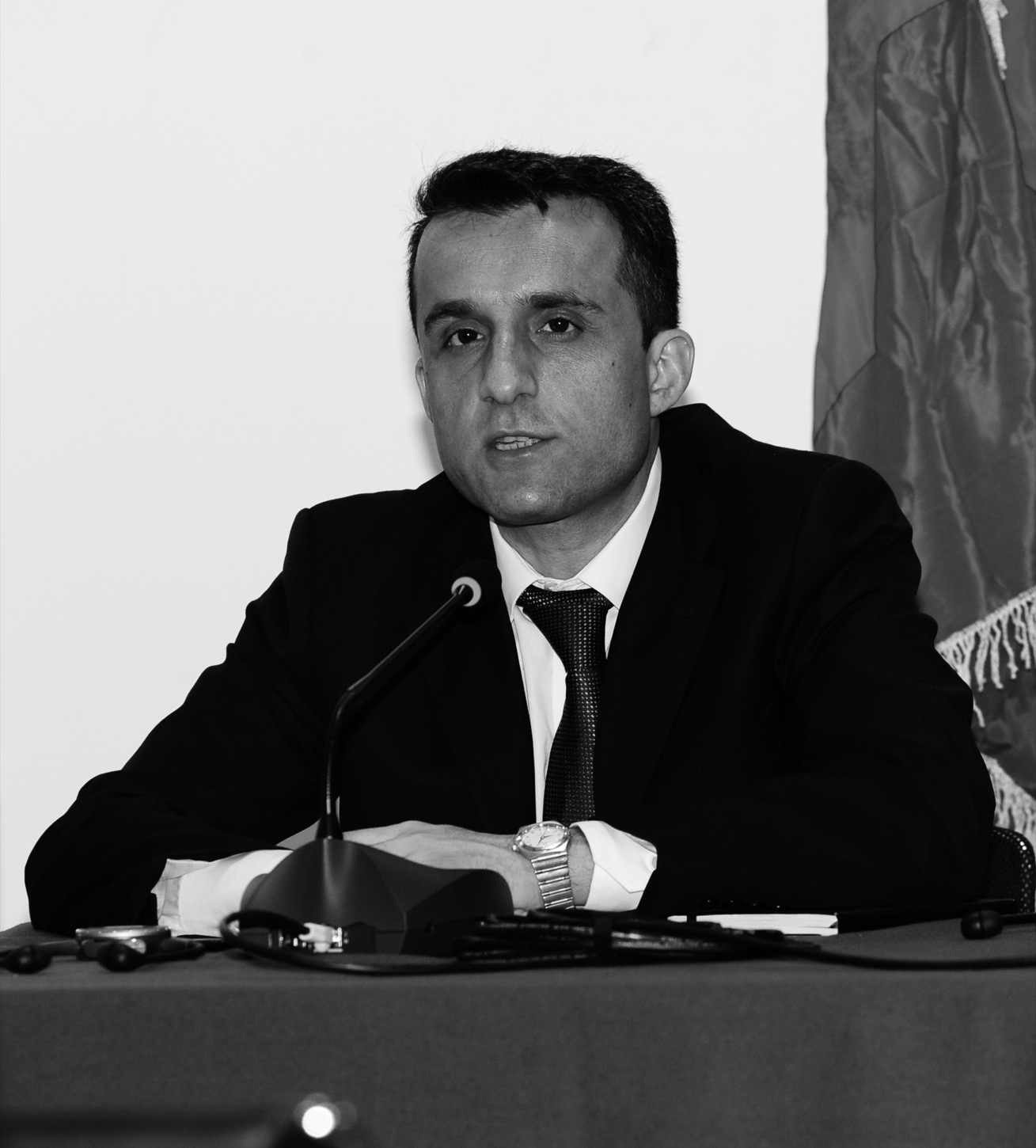
Another close ally: Amrullah Saleh, head of the National Directorate of Security, Afghanistan's intelligence service. At one time a trusted deputy to the celebrated mujahideen commander Ahmad Shah Massoud, Director Saleh brought an unmistakable fervor and powerful intellect to bear in the fight against the insurgency.

During his May 2010 visit to the United States, I accompanied President Karzai to Arlington National Cemetery. My trusted friend, Afghan Minister of Defense Abdul Rahim Wardak, and my boss, Secretary of Defense Robert Gates, are second and third from left. Here in Section 60 of Arlington, where many of the fallen from the wars in Iraq and Afghanistan are buried, we came across headstones of men I knew. This was one.

In Berlin on April 21, 2010, Dr. Theodor Freiherr zu Guttenberg, the German minister of defense, and I visited the Bundeswehr memorial, where we conducted a memorial service for fallen German soldiers. During the visit, the minister presented me with fourteen Gold Crosses of Honour to give to fourteen U.S. Army aviators, still in Afghanistan, who had earlier that month flown courageous medical evacuation missions in support of German soldiers during a fierce firefight.

Giving a speech, April 16, 2010, to the Institut des Hautes Ãtudes de Défense Nationale in Paris. As commander of ISAF, I was not only the top American officer but also the commander of all NATO nations' forces. This and other such speeches, primarily in Europe, were part of my responsibility to build a team out of a diverse coalition of allies and respond to their concerns over the war and its prosecution.
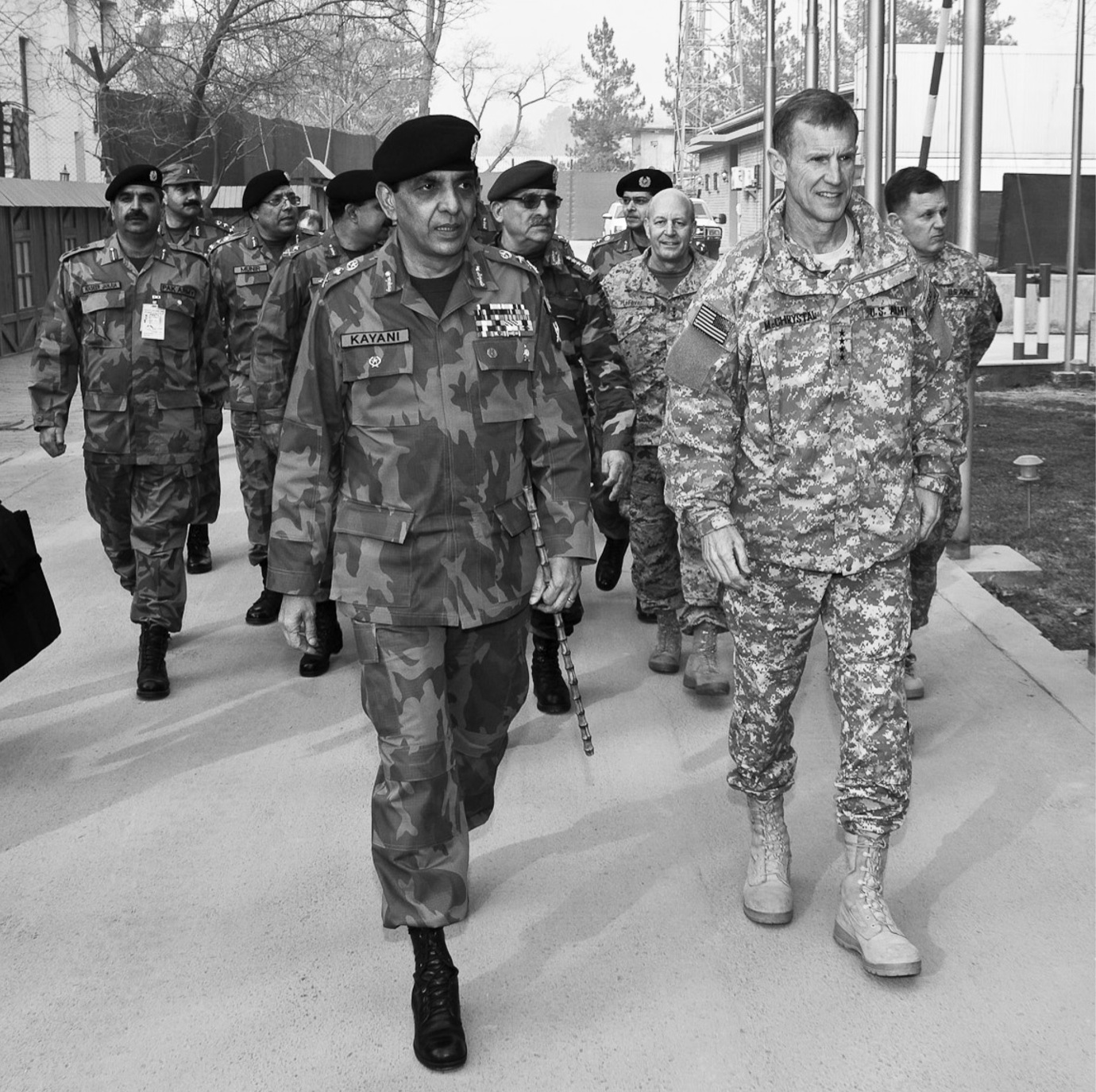
With General Ashfaq Parvez Kayani, the chief of Pakistan's army, visiting ISAF headquarters in Kabul, December 2009. Our relationship with Pakistan was crucial to the overall strategic situation in Afghanistan but was complicated by decades of mistrust.
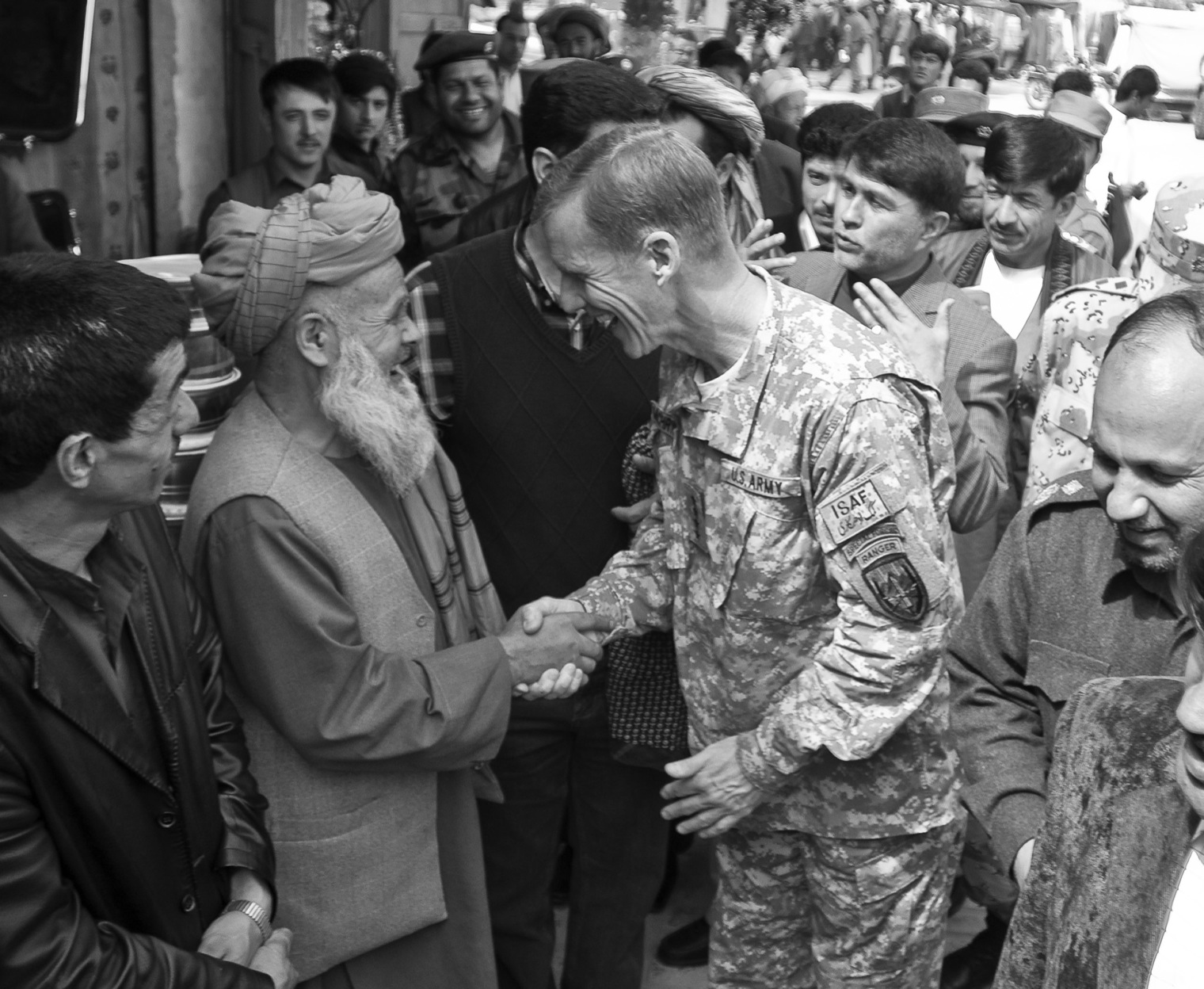
Meeting with a local on the street in Maimanah, Afghanistan, March 15, 2010. My tours around the country were as much about connecting with troops and allies dispersed to combat outposts as listening to and trying to understand men like the one I am greeting in this photo.
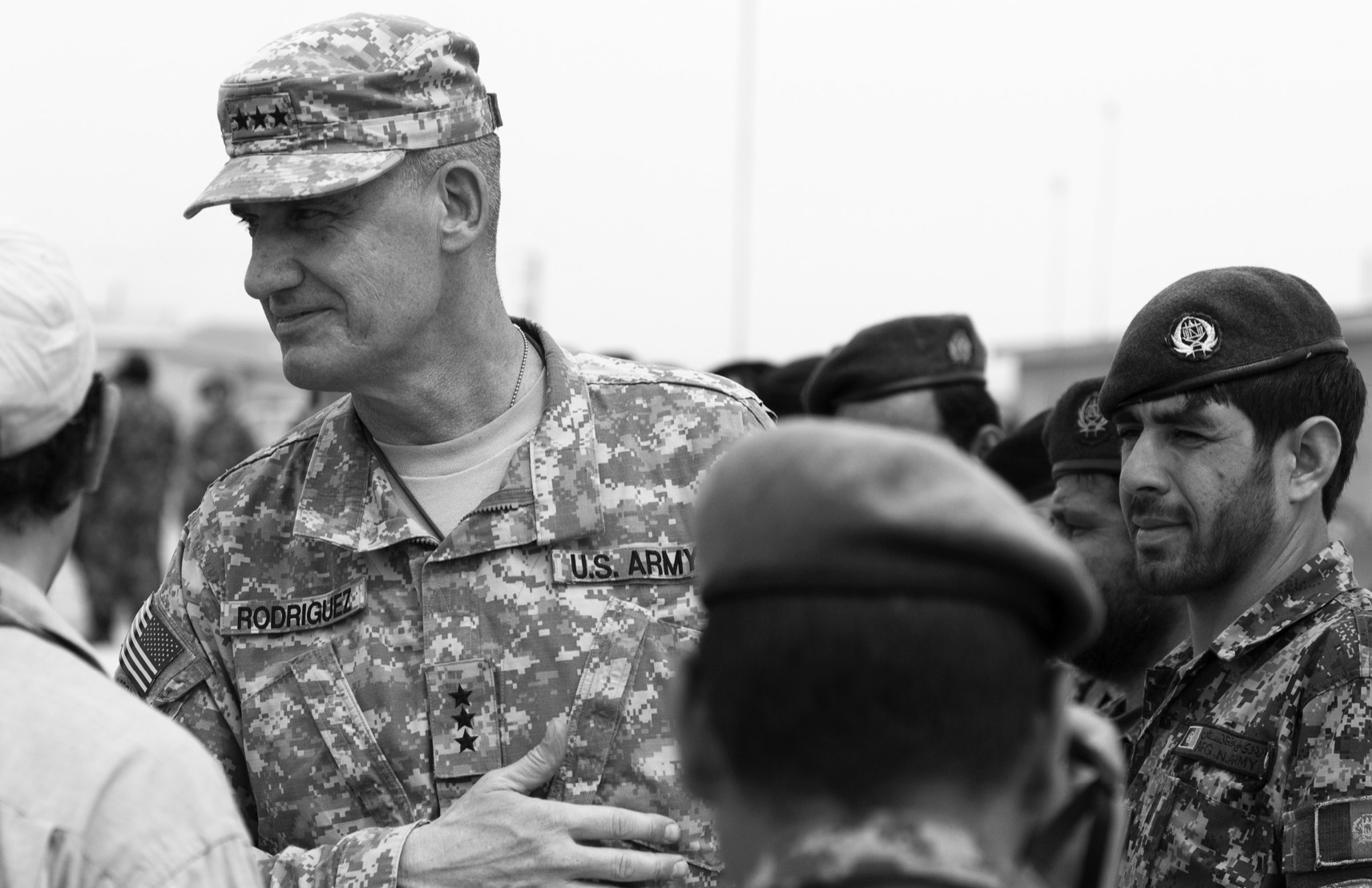
ThenâLieutenant General Dave Rodriguezâbetter known as General Rodâmeeting with Afghan National Army officers. With more experience in and knowledge of Afghanistan than any other senior military leader, Rod commanded the daily battle during my tenure as commander of ISAF forces. He was, throughout, my best friend and a close partner with a difficult task.
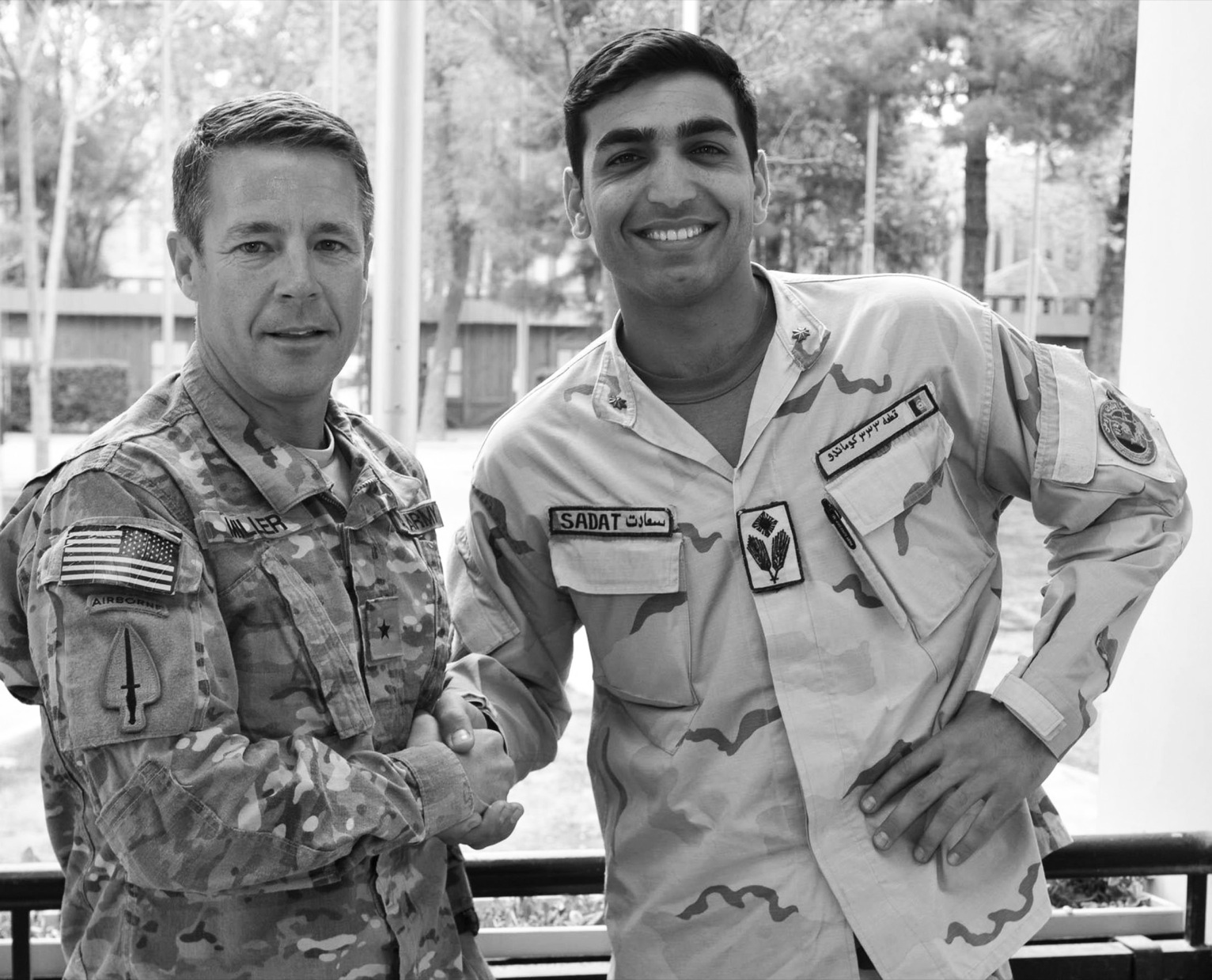
Two of the finest special operators I've known. ThenâBrigadier General Scott Miller (left) led Task Force 16 in Iraq and was the architect of many of our successes there. Here in Afghanistan, while leading the ISAF coalition's special operations, Miller is with thenâMajor Khoshal “Kosh” Sadat, an exemplary officer and my trusted aide-de-camp.
